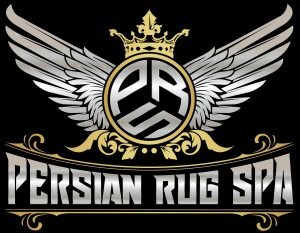Frequently Asked Questions
Regular washing removes dirt, allergens, and contaminants that can damage rug fibers and shorten the rug’s lifespan. It also helps maintain the rug’s color and vibrancy, keeping it looking fresh.
Most rugs should be professionally washed every 18-24 months. High-traffic rugs may need more frequent washing, while antique or delicate rugs should be evaluated individually.
Small synthetic rugs can often be washed at home, but most wool, silk, or handmade rugs should be cleaned by a professional. DIY washing can cause colors to bleed, fibers to shrink, or damage to delicate details.
Washing Methods and Processes
Professional rug washing typically includes dry soil removal, pre-treatment for stains, gentle washing with safe detergents, rinsing, and drying. Different methods may be used depending on the rug’s materials.
No, most traditional rugs should not be cleaned with hot water or steam. Instead, they require cold or lukewarm water and gentle detergent washing to prevent fiber damage or color fading.
Surface cleaning only removes dirt on the top layer, often using vacuuming or spot treatment. Deep cleaning removes embedded dirt, dust, and allergens from within the fibers and backing, providing a thorough clean.
Washing Methods and Processes
Professional rug washing typically includes dry soil removal, pre-treatment for stains, gentle washing with safe detergents, rinsing, and drying. Different methods may be used depending on the rug’s materials.
No, most traditional rugs should not be cleaned with hot water or steam. Instead, they require cold or lukewarm water and gentle detergent washing to prevent fiber damage or color fading.
Surface cleaning only removes dirt on the top layer, often using vacuuming or spot treatment. Deep cleaning removes embedded dirt, dust, and allergens from within the fibers and backing, providing a thorough clean.
Materials and Special Considerations
No, each rug type requires different cleaning techniques. Wool, silk, and synthetic rugs all respond differently to washing. Handmade and antique rugs often need extra care to prevent damage.
Delicate rugs require special care. Professionals use mild detergents and avoid abrasive brushes, steam, or high-pressure water. Hand washing and air drying are common methods to prevent fiber damage.
Yes, colors in hand-dyed or antique rugs can sometimes bleed if not handled properly. Professional cleaners use color stabilizers and test for colorfastness before washing to prevent this from happening.
Drying Process
Drying time varies depending on the rug size and material. Most rugs take between 12-48 hours to fully dry. Professionals may use controlled drying rooms or airflow systems to speed up the process without harming the rug.
While sunlight can help dry a rug quickly, excessive exposure to direct sunlight can cause colors to fade and may damage some fibers. Indoor drying with good ventilation is often best.
Stain and Odor Removal
Yes, pet odors are a common issue that professional washing can address. Specialized deodorizing treatments target odor-causing bacteria within the fibers, removing the source of the smell.
Many stains can be removed through pre-treatment and washing, but the success depends on the stain type, rug material, and how long the stain has set. Stubborn stains may need special stain-removal processes or repair that section of the rug for best results.
Post-Wash Care
Allow the rug to fully dry in a well-ventilated area and avoid placing it in high-traffic areas until completely dry. Regularly vacuum and rotate the rug to prevent uneven wear.
Avoid wearing shoes on the rug, as they track dirt and oils. Clean spills immediately to prevent staining, and avoid placing rugs in direct sunlight to protect colors.
